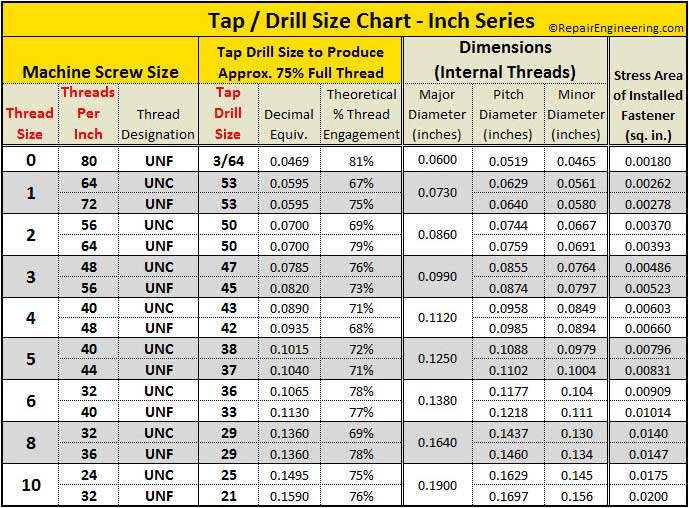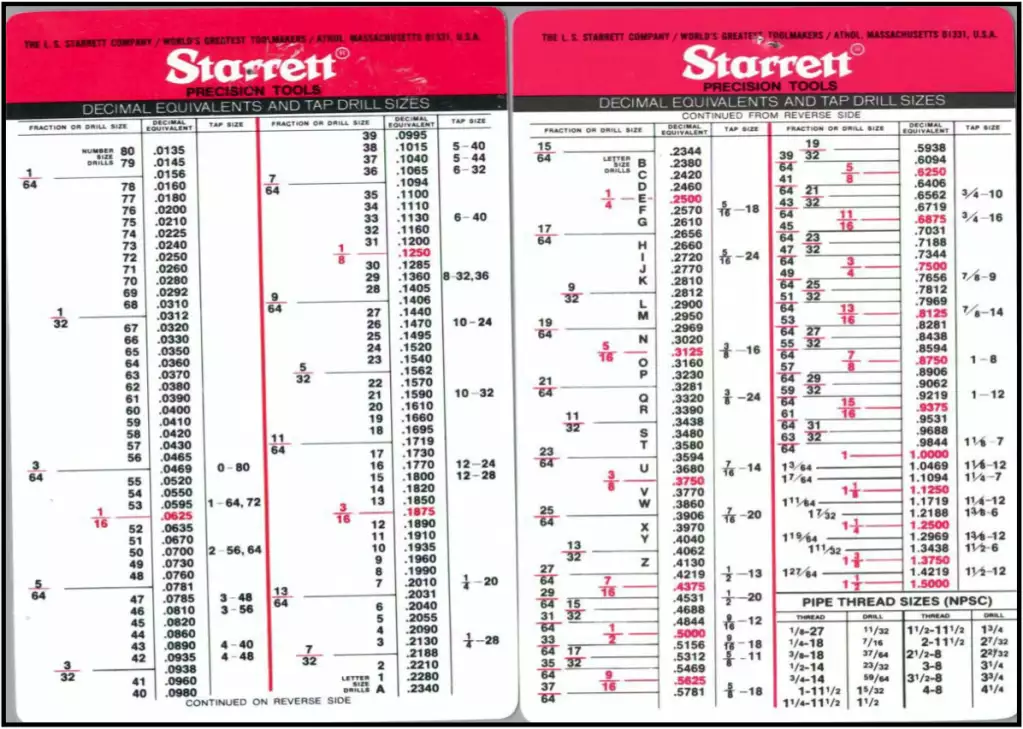

NPSC: National Pipe Straight Coupling.

The main physical differences between NPT and NPTF are the flatness of the peaks and valleys of the threads. NPTF: The American National Standard “Dry Seal” Pipe Threading (NPTF) is self-sealing.An NPT thread requires a sealing agent such as lubricant or tape in order not to leak any fluid it conveys. NPT: American National Standard Pipe Threading (ANSI) distinction.Metric threads come in two different pitch sizes for a given diameter: coarse pitch and fine pitch. As a result, coarse threads are identified by diameter only while fine threads are recognized by diameter as well as pitch size. Coarse threads have the default pitch size whereas fine threads have smaller pitch sizes and are used less often. Metric Threads come in different pitch sizes for a given diameter: coarse pitch and fine pitches. The V-shaped thread form has a 60° flank angle and male and female threads are both parallel. Metric Thread: Metric is one of the first internationally agreed general-purpose thread types.For more information read our articles on thread design and thread standards. Below are the meanings of the various abbreviations and a short description of each. In the charts, you will see many different abbreviations for threads, knowing the meaning of each will help you determine which size of tap to use for your application. This may appear complicated, but again, our tap drill chart will help you match the appropriate tap drill size. This is the thread count, also known as the threads per inch (TPI), that the screw is engineered for. Pitch: It is necessary to understand the pitch of your screw or bolt.This is the distance between the two outer ridges of the threads. Major diameter: Each screw size has just one major diameter.Standard sizes are used mainly for North American users, while metric bolts are often used in Europe. Screw sizes come in two different measurement classifications called Standard (SAE) and Metric. Standard or metric: When using a tap drill conversion chart, make sure you know what size fastener you’re using.Tamesons selection of thread cutting toolsīefore we start cutting our threads there are a few factors that we need to know to guarantee we cut correctly:


 0 kommentar(er)
0 kommentar(er)
